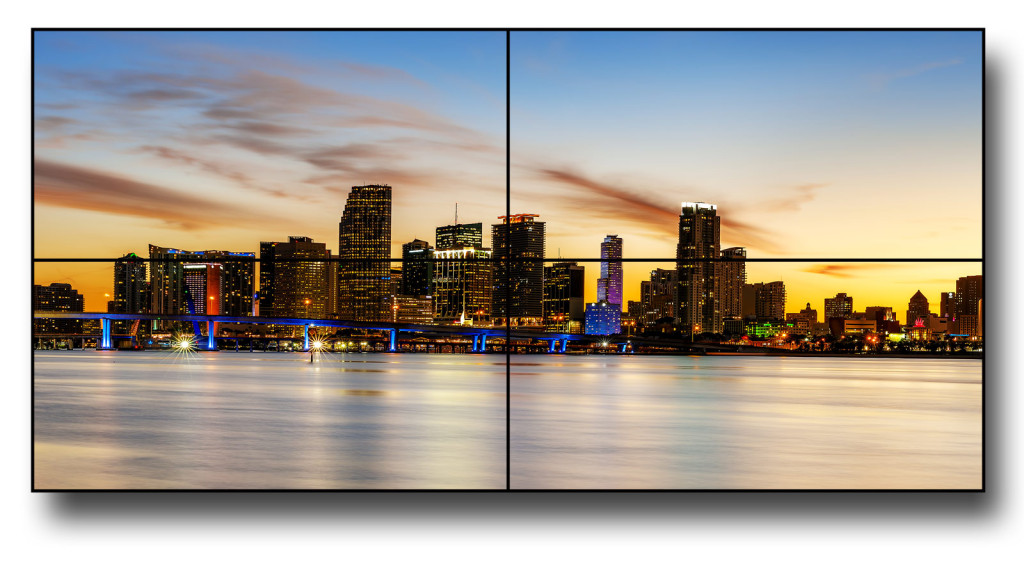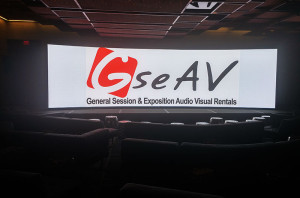How Long Should a Virtual Event Last?
Virtual events like a virtual trade show are becoming the new popular mode of interaction, efficiently saving time while allowing proper social distancing. However, it can be difficult to hold the attention of others if the virtual event goes on for too long. Virtual events should be engaging enough to keep the audience interested, but that can be difficult if you try to pack everything into one event.
The most important part of doing virtual events is that you should always get your point across while keeping your audience’s attention. There are certain run times that are recommended for different virtual events. This article will act as a guide to help you learn how long virtual events should last.
How Long Should a Virtual Event Last?
Virtual events work much differently than in-person events. Sometimes, it can be much more difficult to engage with people online than in person. This is why shorter virtual events get more attention than ones that are dragged out.
If you feel like your runtime will be too high, try to split things up into two or more separate events. Make your events more interactive to keep the attention of the audience if you feel like the event alone will be a bit too long.
Many studies have shown that people prefer shorter virtual events. The most common idea is that events should not last for more than two hours a day. One of the most useful things you could do for virtual events is to break them up into 15-20 minute sessions. This will give the audience plenty of time to take a break and recharge mentally before the next session.
The length of standard virtual events has been steadily decreasing over time, thanks to how common they have become. Shorter and more engaging event sessions is the key to gaining success in virtual events.
It can definitely be helpful to have a moderator for your virtual event to make sure everything runs smoothly within the time frame you set. A moderator will help bring everything in the session together while providing some engagement for the audience.
Overall, there are not really any established rules or time constraints set in stone for virtual events. The most important thing to keep in mind is that you have to get the point of the session across in a timely and interesting manner.
Types of Virtual Events
Educational Webinars
Educational webinars are becoming more and more common. They can involve anything from informational purposes and training courses, and much more. Typically, the audience may lose interest if this type of virtual event goes over 60 minutes so it’s best to keep educational webinars to a limit of 45 minutes.
Full-Day Conferences
It is likely that no one will actively want to sit at their computer all day for full-day conferences. For a full-day virtual event, it is important to spread out your content between pre-recorded sessions and livestreams in order to keep the audience’s interest engaged.
Since this type of virtual event lasts all day, you will want to make things more interesting for your audience. Exciting events such as giveaways or competitions can help increase the engagement between you and the audience as well. They will be more encouraged to participate if there is a chance they can achieve something great by doing so.
Complex Events
It may take longer to get more complex topics across. You will need to let your audience know how long this event may last so they will know what to expect. It is also good to have at least one moderator in this event to keep things running smoothly.
Conclusion
While there are no strict rules or time constraints for virtual events, understanding your audience and how these events work will make it more successful. In general, anywhere between 15-45 minutes would be the ideal time limit to set for your virtual events. Focus on getting your point across clearly and succinctly and always keep your audience engaged.











